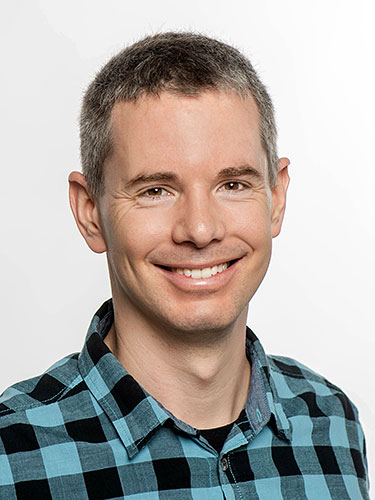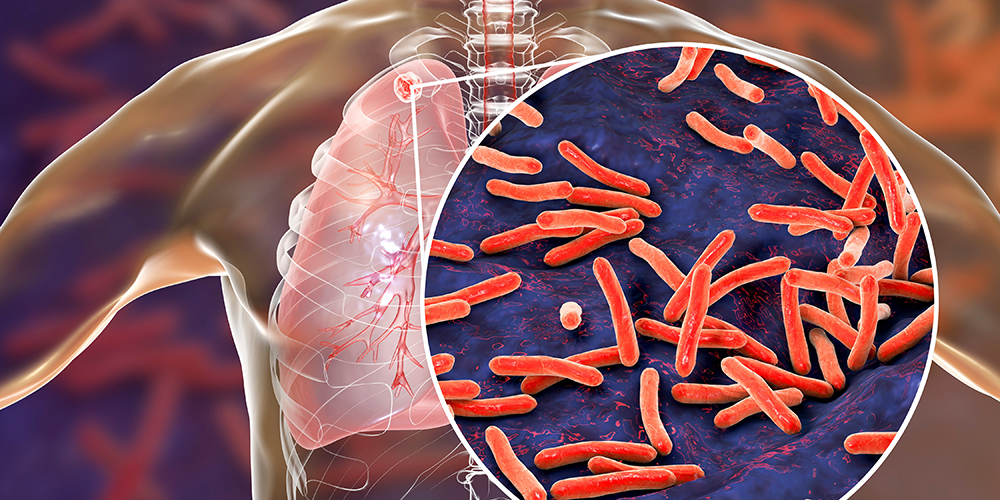New professor for structural biology and biophysics
Cell biologist Benjamin Engel has been appointed assistant professor at the Biozentrum of the University of Basel. Engel’s research focuses on the relationship between the architecture of cellular organelles and their function.
21 September 2021
The university has appointed Benjamin Engel as assistant professor with tenure track at the Faculty of Science. He will take up the professorship in structural biology and biophysics on 1 January 2022.
Benjamin Engel, born in 1981, studied molecular and cell biology at the University of California, Berkeley and graduated with a PhD in Cell Biology from the University of California, San Francisco, in 2011. He subsequently carried out research as a postdoc and later as a project leader at the Max Planck Institute of Biochemistry in Martinsried. In 2019, Engel joined the Helmholtz Zentrum München and established his own research group at the Helmholtz Pioneer Campus. He was awarded the title of TUM Junior Fellow by the Technical University of Munich in 2020.
The Engel group investigates the molecular architecture of cells, addressing in particular how macromolecules sculpt cellular organelles, and reciprocally, how the shape of each organelle directs the function of its resident macromolecules. Organelles are distinct subcellular compartments in which specific biochemical reactions take place. They include the cell nucleus, endoplasmic reticulum, Golgi, mitochondria, and chloroplasts.
The chloroplast is a major focus of Engel’s research, a particularly complex organelle found in plants and algae. Chloroplasts are the site of photosynthesis, a process by which sunlight energy is used to produce oxygen and fix carbon dioxide into sugars. Engel and his team seek to better understand how the molecular architecture of the chloroplast regulates photosynthesis and carbon fixation, as well as how these processes are affected by environmental stress and climate change.



